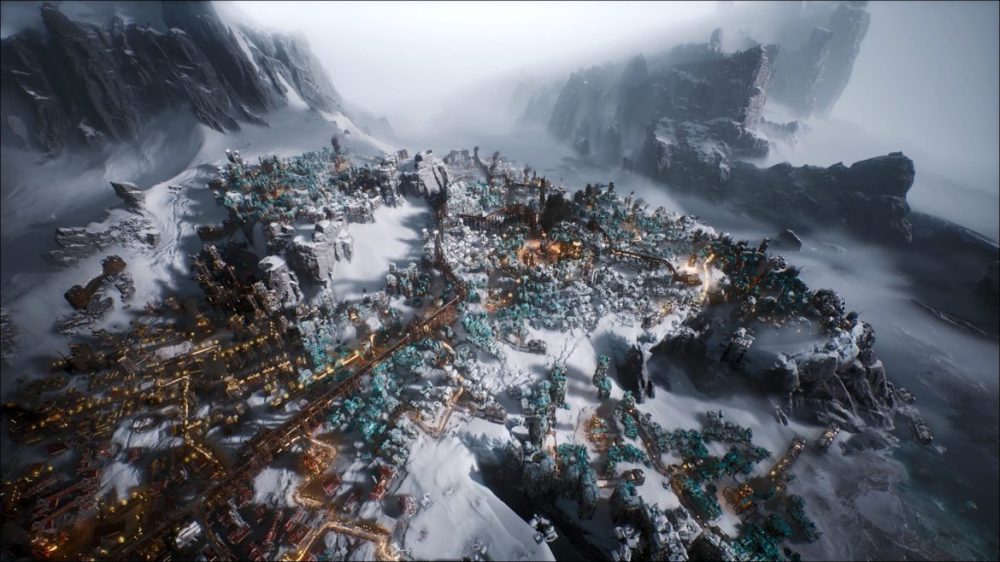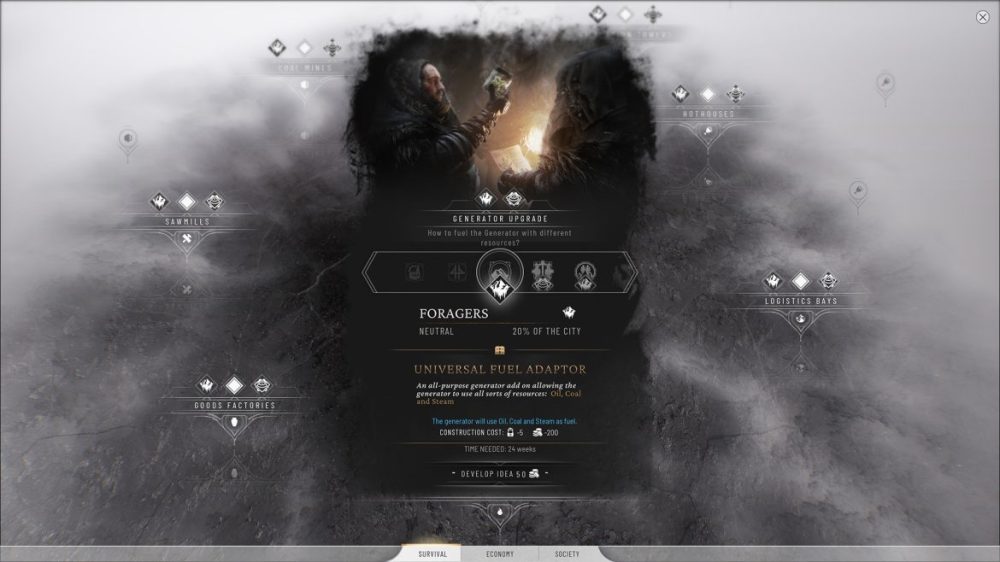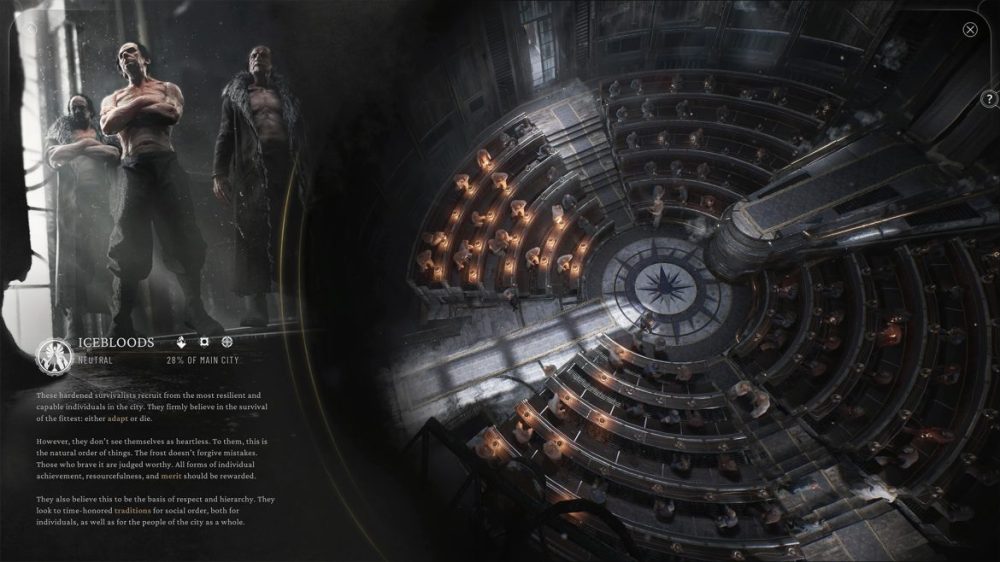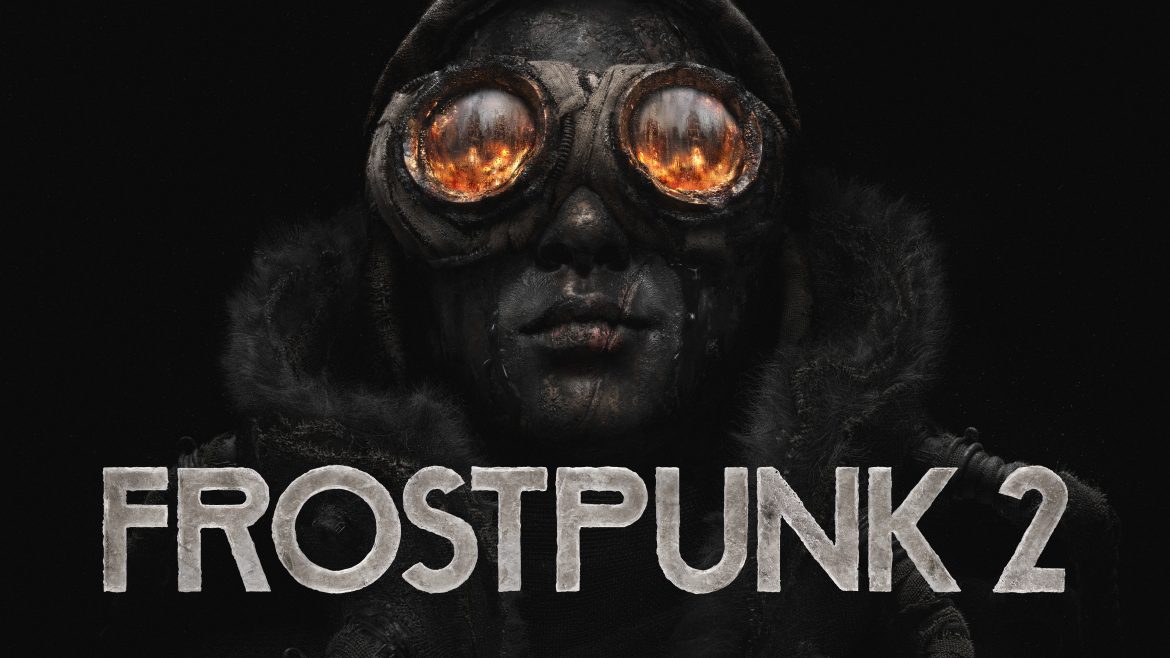TL;DR
Frostpunk 2 ramps up the survival city-sim experience, pushing you to lead a massive city of thousands through brutal, resource-scarce conditions and internal political strife. While the expanded scale and complex faction management offer deep, consequential choices, be prepared for an overwhelming information dump early on and a demanding, high-pressure gameplay loop that rarely lets up. It's less a traditional city-builder and more a test of negotiation, compromise, and tough decisions, though some players might find the complexity and occasional repetition a bit much. Dive into this intense challenge if you're ready for a true test of leadership!
Frostpunk 2 is the highly anticipated sequel to Frostpunk. Set in a harsh, unforgiving world perpetually teetering on the brink, resources are scarce, and the player assumes the critical role of leader of New London. The core objective is to ensure the city’s survival amidst relentless storms, disease outbreaks, and a multitude of unforeseen challenges. The game presents a constant stream of demanding situations.
My motivation for reviewing Frostpunk 2 stems from a relative unfamiliarity with the city-sim genre. While I’ve engaged with a few titles, I’ve never dedicated significant time to them. However, the compelling survival elements inherent in the Frostpunk series piqued my interest in exploring this sequel. Initially, the experience proved to be overwhelming. The initial hours involved a rapid influx of information, with numerous text prompts explaining the game’s mechanics. The sheer volume of information – rules, tips, objectives – felt almost excessive.

Frostpunk 2 represents a substantial expansion compared to its predecessor, both in terms of gameplay complexity and content depth. Several new mechanics and regulations have been introduced. While the first game focused on the well-being of hundreds, the sequel tasks players with managing the lives of potentially hundreds of thousands. This increased scale is evident throughout. During my twenty-hour playthrough of the campaign, the initial colony evolved into a sprawling city featuring advanced infrastructure, including automated guardians and a self-sustaining oil production system.
At its core, the game centers on ensuring the city’s resilience against challenging conditions, encompassing not only the frigid climate but also the diverse needs and opinions of its inhabitants. The population is divided into four distinct factions, each holding unique political viewpoints and moral values. The city’s central structure is a massive core, a heat source powered by oil to maximize its output. While the original Frostpunk relied solely on coal, the sequel introduces oil as a more efficient, albeit harder-to-extract, alternative fuel source.

The initial challenge lies in securing basic necessities, such as adequate heat and food supplies, to ensure the city’s immediate survival. This phase is characterized by a relentless race against time and the looming threat of blizzards. Once these critical systems are stabilized, the more nuanced and engaging aspects of the game come to the forefront. The city’s factions begin to voice their specific needs and propose differing visions for its future. Negotiations between these factions become central to gameplay, and each decision carries the risk of alienating one or more groups. The player can attempt to maintain harmony among all factions, or strategically favor specific groups while potentially facing negative consequences such as increased crime or decreased productivity. Successfully managing these competing interests is crucial for maintaining the city’s functionality.
As previously stated, I am not typically drawn to city-sim games. This sentiment remains largely unchanged, as Frostpunk 2 transcends the conventional boundaries of the genre. It is more accurately described as a game centered around communication, consequential choices, and strategic compromises. Simple solutions are rare, as the player is incentivized to consider the needs of all factions. Neglecting any group can trigger negative repercussions, such as rising crime rates or other indicators of widespread dissatisfaction. Maintaining the city’s stability requires constant effort and careful deliberation.

However, the game’s complexity can sometimes feel overwhelming. The constant influx of information, numerous mechanics, and frequent challenges contribute to a consistently high-pressure gaming experience. Frostpunk 2 may not be the ideal choice for unwinding after a demanding day. It requires sustained focus and alertness; failure to pay attention can lead to catastrophic consequences, such as triggering internal conflicts that severely disrupt food and labor supplies.
As the campaign progresses, the gameplay loop can become somewhat repetitive. The challenges presented begin to feel familiar, requiring similar solutions. I found myself quickly navigating through dialogue sequences to expedite resource acquisition. Furthermore, the game’s optimization leaves room for improvement. My system experienced noticeable performance issues, including elevated temperatures, despite running the game on low graphical settings. This occurred despite having a configuration that includes an RX 6750 XT graphics card and an Intel i9-9900k processor.
11 bit studios provided a review code for this evaluation. The provision of review materials does not influence our editorial independence.
